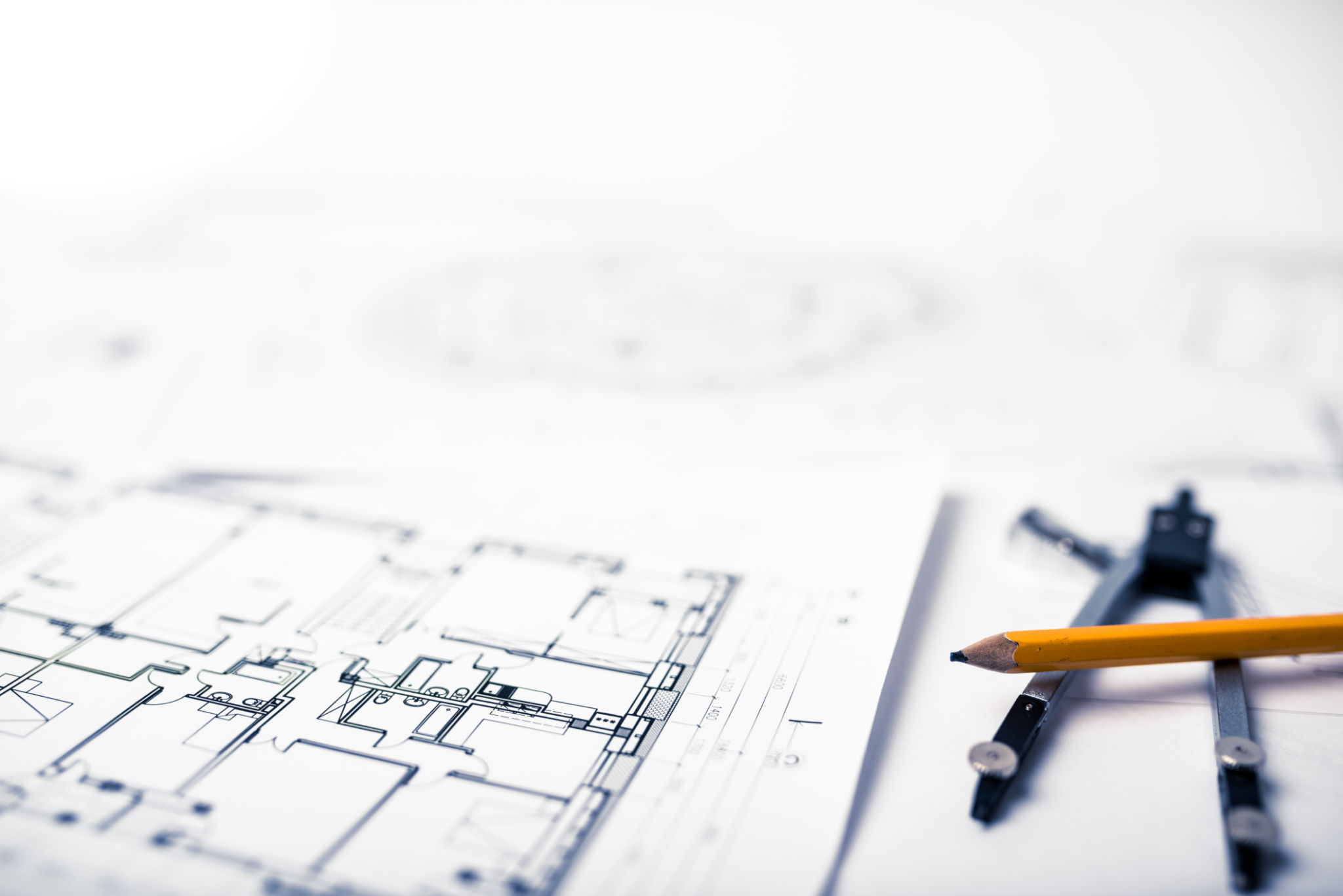Steel Framing vs. Traditional Wood Framing: Which is Best for Your Calgary Project?
Understanding the Basics
When planning a construction project in Calgary, one of the first decisions you'll face is choosing between steel framing and traditional wood framing. Each material has its unique advantages and potential drawbacks. By understanding these, you can make an informed decision that best suits your project's needs and budget.

Durability and Strength
Steel framing is renowned for its superior strength and durability. It's resistant to common issues that plague wooden structures, such as termites, mold, and decay. Steel can withstand extreme weather conditions, which is particularly beneficial in Calgary's variable climate. On the other hand, wood framing offers a natural resilience and flexibility, which can be advantageous in absorbing impact and stress.
Environmental Impact
In terms of environmental sustainability, both materials have their pros and cons. Steel is 100% recyclable, making it an eco-friendly choice for those concerned about sustainability. However, the production process of steel frames is energy-intensive. Conversely, wood is a renewable resource and generally considered environmentally friendly, but only when sourced from sustainably managed forests.

Cost Considerations
Budget is often a primary concern in construction projects. Typically, wood framing is less expensive upfront than steel framing due to material costs and ease of handling. However, the cost of steel has become more competitive in recent years, and its durability can lead to savings in maintenance and repairs over time. It's essential to weigh the initial investment against long-term benefits.
Construction Speed
The speed of construction is another critical factor to consider. Steel frames are often prefabricated, meaning they can be assembled quickly on-site. This can significantly reduce the construction timeline. Wood framing, while slower to erect, offers more flexibility for on-site adjustments during the building process.

Fire Resistance
Safety is paramount in any construction project, and fire resistance is a crucial consideration. Steel framing is non-combustible, making it an excellent choice for areas prone to wildfires or where fire safety is a priority. While wood framing can be treated with fire-retardant chemicals, it remains more susceptible to fire damage than steel.
Thermal Performance
When it comes to insulation and energy efficiency, wood framing generally offers better thermal performance. Wood's natural insulating properties help maintain indoor temperatures, which can lead to energy savings. Steel conducts heat more efficiently but requires additional insulation measures to achieve similar energy efficiency levels.
Aesthetic and Design Flexibility
The choice between steel and wood also impacts the design possibilities of your project. Steel's strength allows for more open spaces and larger windows without compromising structural integrity. Wood provides a more traditional aesthetic and may be preferable for projects aiming for a rustic or classic look.

Making the Right Choice
The decision between steel and wood framing should be guided by a comprehensive analysis of your project's specific needs, budget constraints, and environmental considerations. Both materials have their merits and are suited to different types of projects. By weighing these factors carefully, you can choose the most suitable option for your Calgary construction project.
